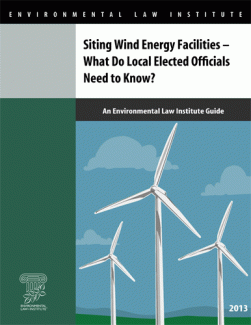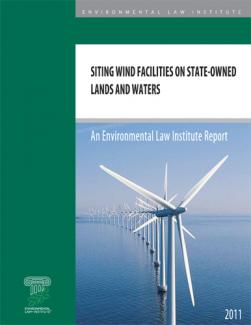Texas Offshore Wind Energy Framework 2023

This report is intended to support participation by Texas stakeholders in offshore wind energy decision-making by providing an overview of the most relevant state laws, regulations, and intergovernmental authorities affecting wind energy development offshore of Texas. Texas has not enacted state laws or regulations specifically governing siting of wind energy facilities in its own jurisdiction, but other state policies will influence where and how offshore wind energy and related facilities are constructed and operated in and offshore of the state.








